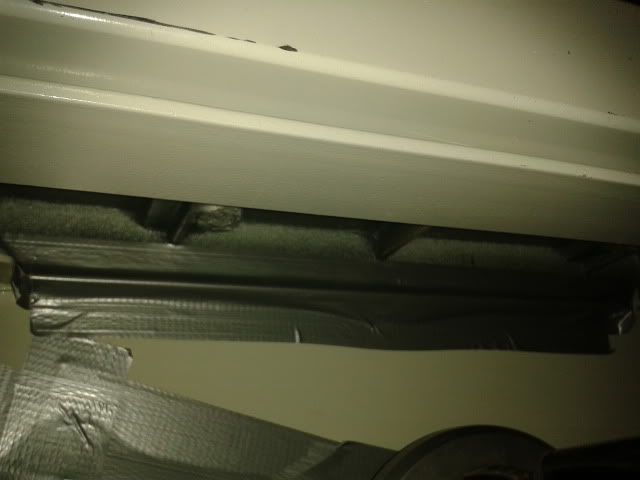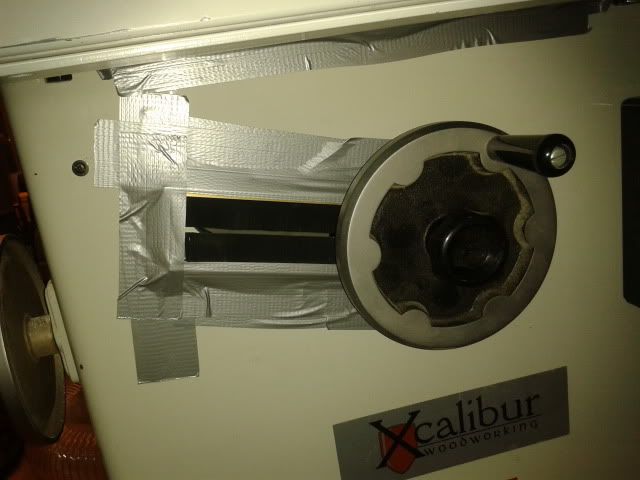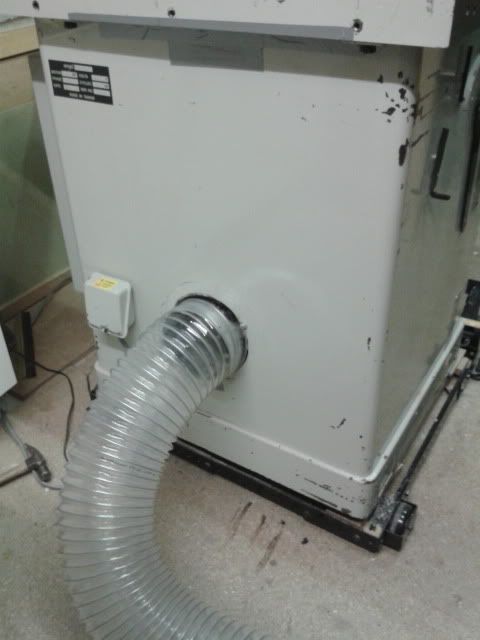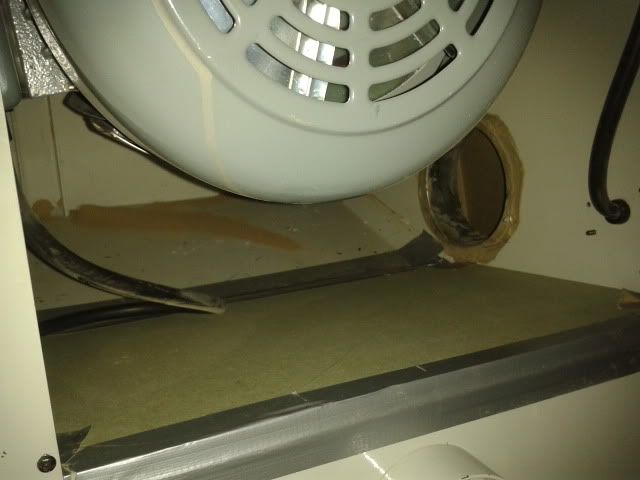Sounds good guys. One issue I'm not too sure about on top guards is that in the US Shark (whose product gets good reviews
http://www.leestyron.com/default.php ) go for a very wide top guard, and also a large 4in duct connection with a commensurate 400 cfm approx high airflow.
Felder on the other hand go for a relatively narrow one, at least on my K3 saw anyway
http://www.felder-tooling.co.uk/8-420-7 ... 1-1-0.html - it looks quite similar to the De Walt item in your picture Karl, and is maybe another source of guard for retro fitting.
I can't see why a wide guard adds very much when almost all of the chips the top guard is required to collect tend to shoot off at tangents to the saw teeth - in the plane of the blade. I haven't got the Hammer running yet, but this was what my prior Robland seemed to do.
My thinking is that if enough air is moved through the guard then it'll pull any loose dust etc in from the sides anyway - it's in the end not the width of the guard that matters, but the size of the low pressure area created around the blade. Also of course that the profile of the top surface should be such that it hooks back a bit to capture chips.
One change I'm for this reason planning to make to the Felder guard is to glue on a 4in dia stub for a 4in duct, this because much like the De Walt the stock stub is small and restrictive - possibly 2 1/2in? This can probably be accommodated on a narrow guard by making the stub from a length of acrylic plastic tube (presuming the guard is acrylic) and flattening one end (after heating) to form an elongated oval. The cross section of the oval will be similar to the 4in duct, but narrow enough to mate nicely with a lengthened slot in the top of the guard. Bostik Tensol 70 (a two part adhesive used by plastic fabricators) is excellent for bonds like this on acrylics..
Does anybody have any views on the usefulness or otherwise of a very wide guard like the Shark item?






































